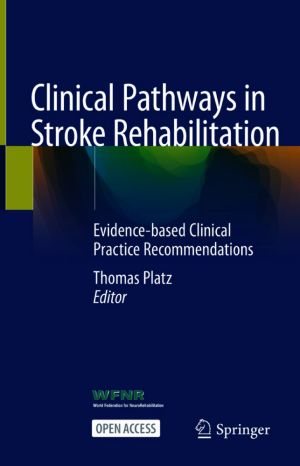Clinical Pathways in Stroke Rehabilitation
Evidence-based Clinical Practice Recommendations
by Thomas Platz
DescriptionDetailsHashtagsReport an issue
Each chapter starts with a description of the clinical problem encountered. This is followed by a systematic, but concise review of the evidence (RCTs, systematic reviews and meta-analyses) that is relevant for clinical decision-making, and comments on assessment, therapy (training, technology, medication), and the use of technical aids as appropriate. Based on these summaries, clinical algorithms / pathways are provided and the main clinical-decision situations are portrayed.
The book is invaluable for all neurorehabilitation team members, clinicians, nurses, and therapists in neurology, physical medicine and rehabilitation, and related fields. It is a World Federation for NeuroRehabilitation (WFNR) educational initiative, bridging the gap between the rapidly expanding clinical research in stroke rehabilitation and clinical practice across societies and continents. It can be used for both clinical decision-making for individuals and as well as clinical background knowledge for stroke rehabilitation service development initiatives. 






Book Description
This open book focuses on practical clinical problems that are frequently encountered in stroke rehabilitation. Consequences of diseases, e.g. impairments and activity limitations, are addressed in rehabilitation with the overall goal to reduce disability and promote participation. Based on the available best external evidence, clinical pathways are described for stroke rehabilitation bridging the gap between clinical evidence and clinical decision-making. The clinical pathways answer the questions which rehabilitation treatment options are beneficial to overcome specific impairment constellations and activity limitations and are well acceptable to stroke survivors, as well as when and in which settings to provide rehabilitation over the course of recovery post stroke.Each chapter starts with a description of the clinical problem encountered. This is followed by a systematic, but concise review of the evidence (RCTs, systematic reviews and meta-analyses) that is relevant for clinical decision-making, and comments on assessment, therapy (training, technology, medication), and the use of technical aids as appropriate. Based on these summaries, clinical algorithms / pathways are provided and the main clinical-decision situations are portrayed.
The book is invaluable for all neurorehabilitation team members, clinicians, nurses, and therapists in neurology, physical medicine and rehabilitation, and related fields. It is a World Federation for NeuroRehabilitation (WFNR) educational initiative, bridging the gap between the rapidly expanding clinical research in stroke rehabilitation and clinical practice across societies and continents. It can be used for both clinical decision-making for individuals and as well as clinical background knowledge for stroke rehabilitation service development initiatives.
This open book is licensed under a Creative Commons License (CC BY-NC-ND). You can download Clinical Pathways in Stroke Rehabilitation ebook for free in PDF format (4.2 MB).
Book Details
Title
Clinical Pathways in Stroke Rehabilitation
Subject
Medical
Publisher
Springer
Published
2021
Pages
284
Edition
1
Language
English
ISBN13
9783030585044
ISBN10
3030585042
ISBN13 Digital
9783030585051
ISBN10 Digital
3030585050
PDF Size
4.2 MB
License

Related Books

This landmark text describes research-informed practices and applications of Medical Family Therapy (MedFT) across an array of care environments and clinical populations. It is a timely release for a rapidly growing field and ably contextualizes MedFT within a myriad of areas, including family medicine, obstetrics and gynecology, psychiatry, alcoho...
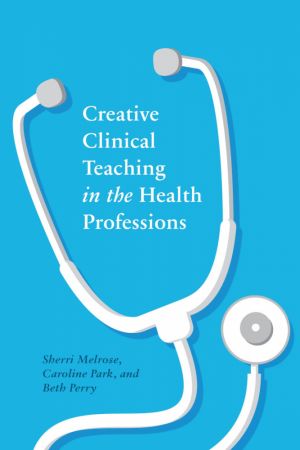
For healthcare professionals, clinical education is foundational to the learning process. However, balancing safe patient care with supportive learning opportunities for students can be challenging for instructors and the complex social context of clinical learning environments makes intentional teaching approaches essential. Clinical instructors r...

This book draws on award-winning cross-generational research comparing the complex and life-changing processes of settlement among Albanian migrants and their adolescent children in three European cities: London (UK), Thessaloniki (Greece), and Florence (Italy). Building on key concepts from the social sciences and migration studies, such as identi...
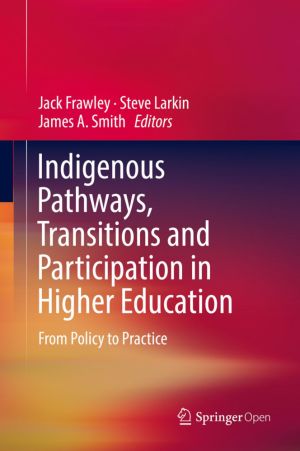
This book brings together contributions by researchers, scholars, policy-makers, practitioners, professionals and citizens who have an interest in or experience of Indigenous pathways and transitions into higher education. University is not for everyone, but a university should be for everyone. To a certain extent, the choice not to participate in ...
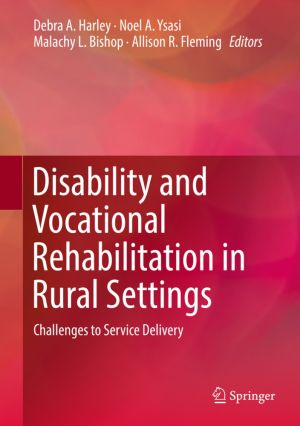
This first-of-its-kind textbook surveys rehabilitation and vocational programs aiding persons with disabilities in remote and developing areas in the U.S. and abroad. Contributors discuss longstanding challenges to these communities, most notably economic and environmental obstacles and ongoing barriers to service delivery, as well as their resilie...
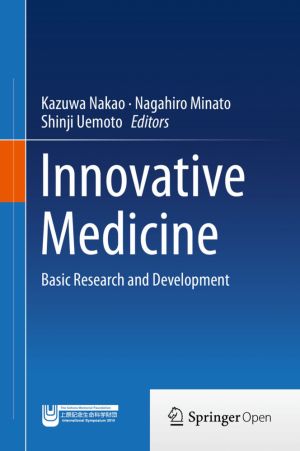
This book is devoted to innovative medicine, comprising the proceedings of the Uehara Memorial Foundation Symposium 2014. It remains extremely rare for the findings of basic research to be developed into clinical applications, and it takes a long time for the process to be achieved. The task of advancing the development of basic research into clini...

